I’m going to go on a little rant here about so-called “open play.”
For starters, we here at Murmurs from the Losers’ Bracket have come to the realization that it really doesn’t exist – at least not in the true spirit of something named “open play.”
I’ve already written about the issue with people who don’t relinquish the court even though paddles are in the rack and would-be players are standing around ready for their turn on the courts.
I’m writing this time to highlight another more fundamental aspect to “open play.”
It’s one that has caused me a little bit of guilt from time to time for being an offender.
The idea with open play is that it sets up a system where waiting players form a metaphorical line – either with paddle racks or names on a dry-erase white board – as an orderly way to determine turns to play.
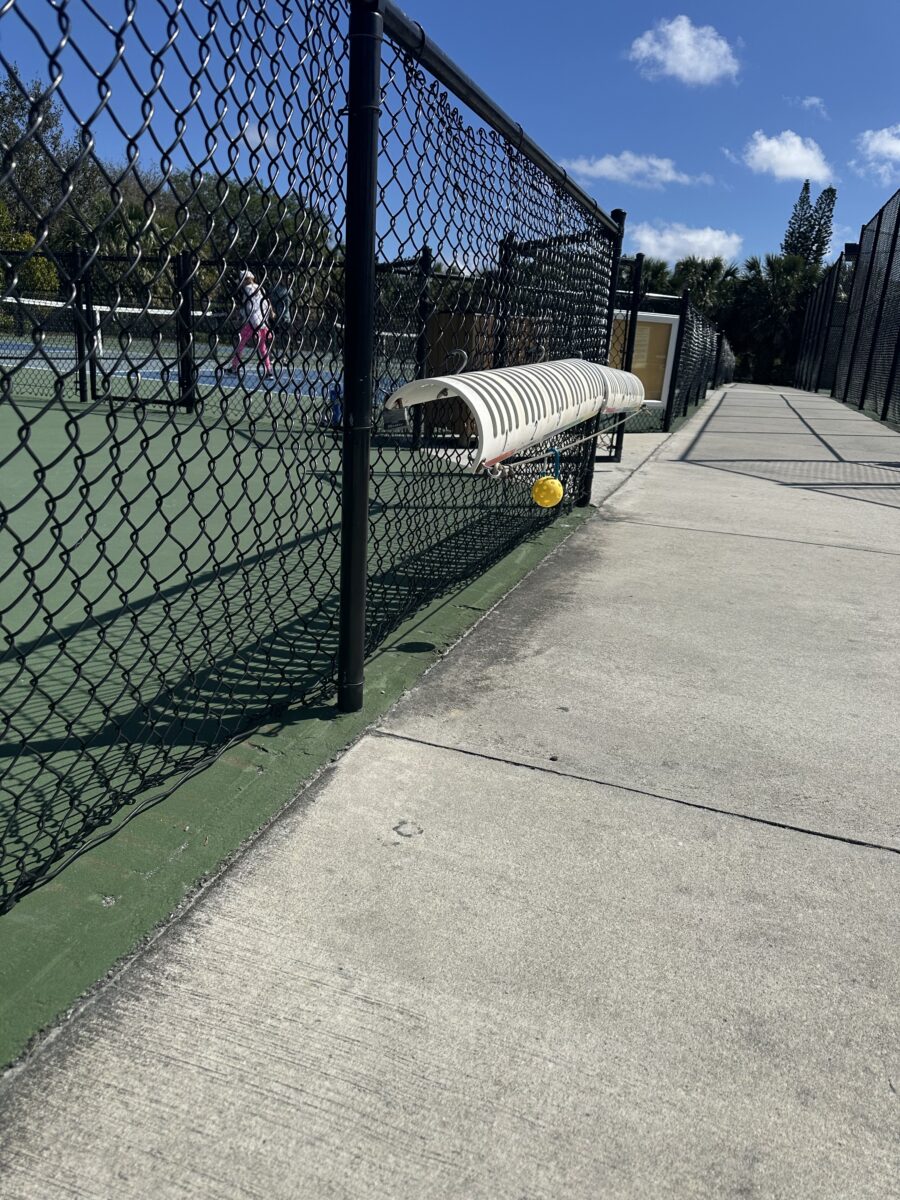
When a game ends, the players on the court leave and the next four in line get that court. As long as there are people waiting to play, players must leave the court after every game, and then if they wish to play again, they put their paddles at the end of the line.
It sounds simple. But what happens, more often than not, is one of three problems materialize to interrupt the traffic flow on the courts.
Problem No. 1: Set groups
Many players who go to open play just want to play with their own foursome, who have pre-arranged to meet at the courts.
This problem is directly related to the popularity of pickleball. These players ought to just be reserving a court for themselves at a facility that allows pickleballers to reserve courts for a set time, usually 60 to 90 minutes.
But there’s often not enough of these free reservable courts to meet the demand, and some of the paid ones can be expensive.
I have a pickleball membership at a public facility where I live. The only way to get one of the 12 reservable courts is to go online and try to sign up precisely at 1 p.m, two days before you want to play.
If you log on at 1:01 p.m., all the courts will be gone at the most popular times. And even if you are on the site right on time, you’re likely to be told the courts are full.
So, what do you do? You and your three pickleball buddies go to one of the open-play facilities to play together.
I’ve done this a lot recently, and I’ve noticed one thing. Nearly all the courts are taken by players just like us – ones who only want to play with the others in their group.
What invariably happens is a straggler or two arrives without a foursome and puts his or her paddle into the paddle rack.
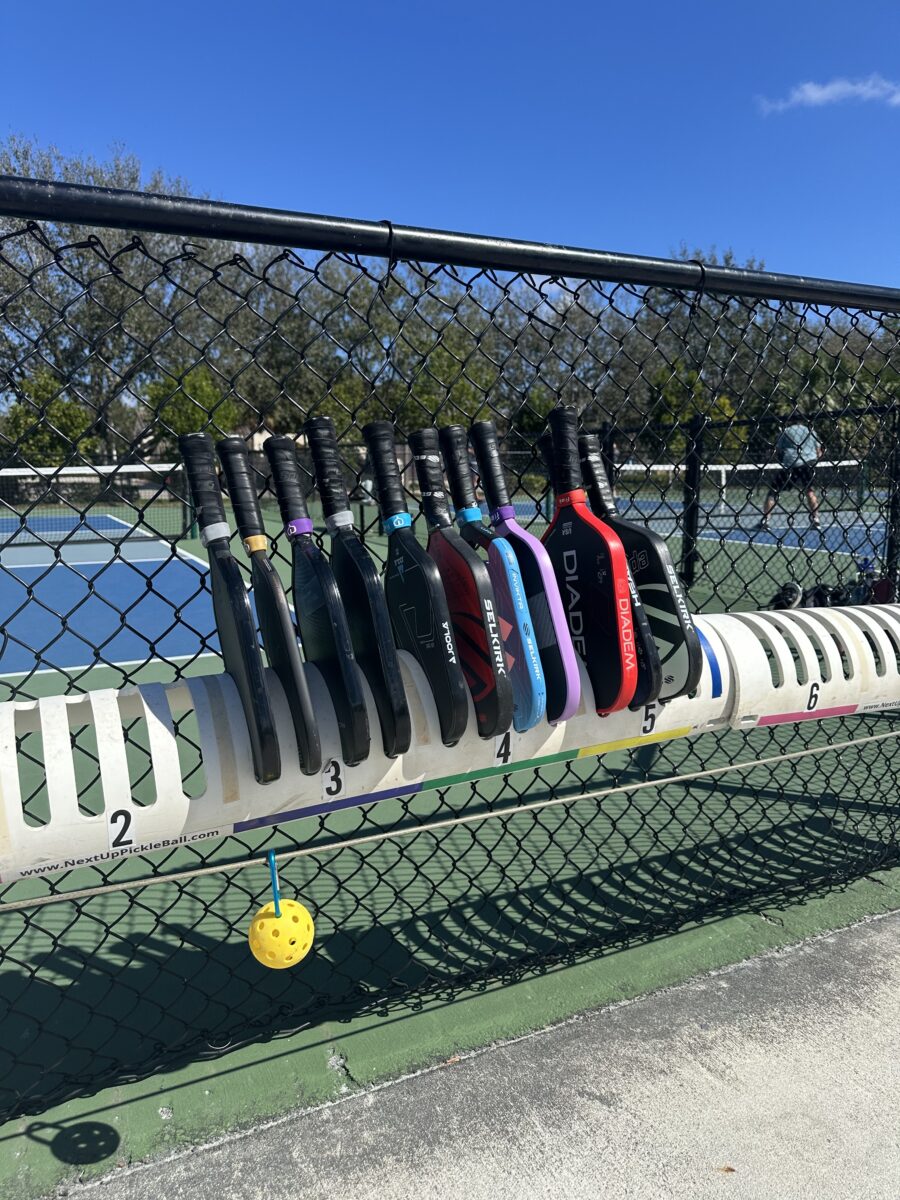
This throws everything off. Rather than three players joining the lone pickleballer, people cling to their foursomes, and create a big empty space on the rack next to the lone player.
When his or her time comes up, the player will say, “I need three,” and often nothing will happen. The waiting foursomes will just stand there until the waiting player gives up and lets the people next in line play.
I’ve watched this happen over and over again. Eventually, the lone player gives up and goes home without playing.
In a better world, set foursomes should break up to accommodate waiting players during “open play.”
But unless there’s some kind of “paddle sheriff” at the rack, a person of authority who supervises the games, jungle rules exist and some players discover just how closed open-play can be.
Problem No. 2: Naive newbies
Open play works best when the courts are divided by skill levels. For example, in a six-court park, three courts could be dedicated for under 3.5 rated players and the other three can be for the higher skilled players.
This eliminates a brand-new player putting his or her paddle in a grouping of 4.5-rated players and expecting to be welcomed.
But often, courts aren’t subdivided like this, and players are left to their own devices. And it’s not much fun for anybody when there’s a wide disparity in the skill level, especially if it’s for a game that had required a 20-minute wait.
I can’t blame a good player who withholds his or her paddle to avoid getting into another game with a player who should have had the sense to seek a game among lower-skilled players.
A good rule of thumb is that it’s good sportsmanship for a highly-skilled player to play one game with a new player, and do it in a constructive and teaching kind of manner. But it’s bad sportsmanship for that new player to insist on playing multiple games with players who are clearly in another league.
When the courts are crowded and waits are long during open play, it’s important for players to be more aware of the groupings they are in.
Once again, sometimes the solution isn’t to play open play and create a string of lopsided, short-rally games, but to reserve a court with players whose skill levels are similar to yours.
Problem No. 3: The double-paddle line cutters
Have you ever noticed during open play that some players seem to be always playing in a game? How could that be?
One way is that they arrived at the court with two paddles. So, even when they are on the court playing, their other paddle is in the rack, reserving them another spot in an upcoming game.
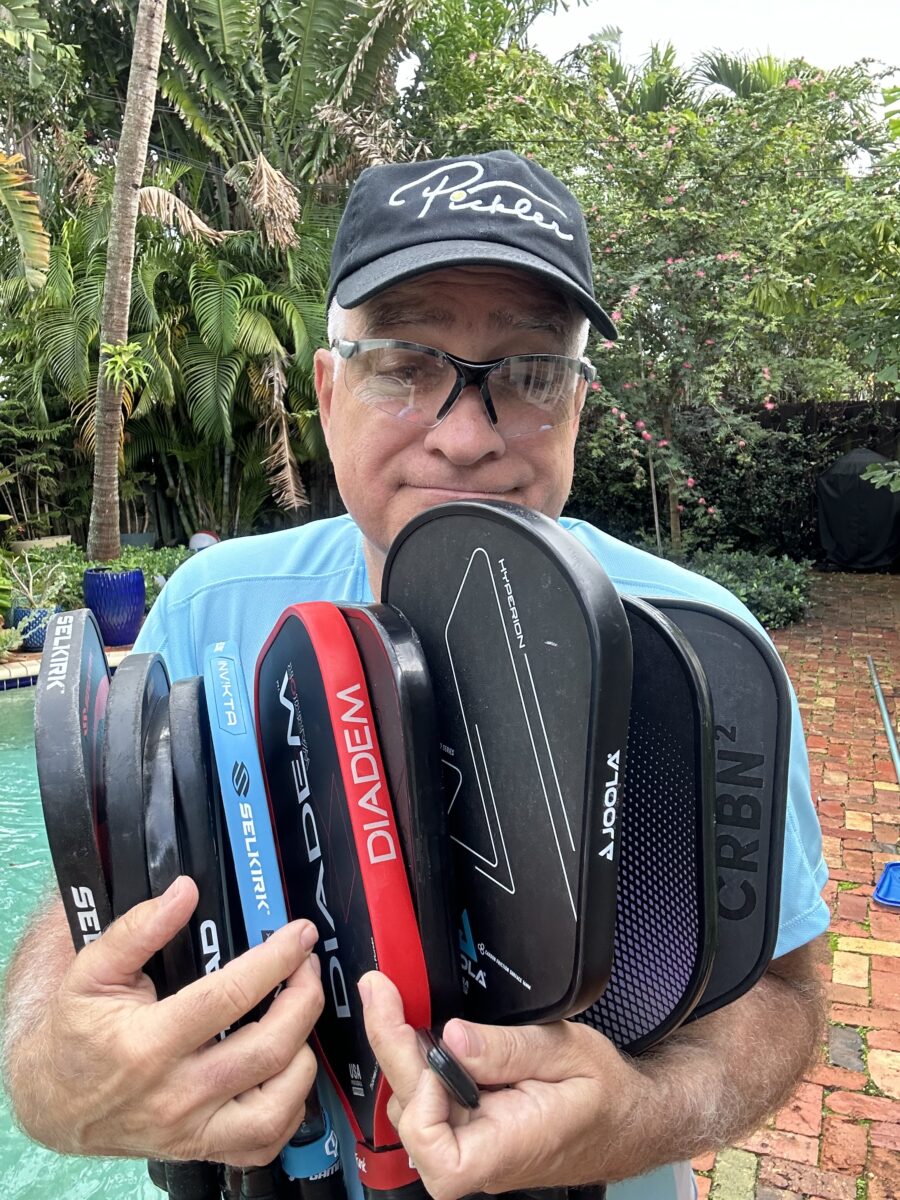
Players should call out this behavior, and remind that player that this is a form of line cutting.
Solutions: Five ways to foster better “open play”
- In the spirit of open play, be willing to break up your group to accommodate lone players
- Be kind to newbies – for one game
- To lower your stress level, seek courts that have a “paddle sheriff” to keep order
- Call out line cutters. Shame! Shame! Shame!
- If you want to just play with your three pickleball friends, reserve a court, don’t show up at open play.
MURMURS FROM THE LOSERS’ BRACKET
Read past editions of Murmurs from the Losers’ Bracket, including:
- You Get One Rule to Change in Pickleball: What is it?
- In a Pickle with Some Off the Cuff Remedies for Leg Cramps
- Partnering with a Giant: Hitting the Wall in Pickleball
- Ten Things Not to Say on a Pickleball Court
- Oh, the Horror! Playing with a Pickleball Partner who won’t Move Up
- Not a Softie When it Comes to Pickleball with a Foam Ball
- Do Pickleball Prayers Get Answered?
- Ten Tips for Being “Nice” at Pickleball
- Attention Pickleballers: Be On The Lookout For “Ball Blowers”
- The Etiquette Crisis with “Open Play”
- Lob into the Sun? Maybe, Maybe Not
- Mastering the Diplomacy of Round-Robin Scheduling
- Confessions of a Paddle Addict
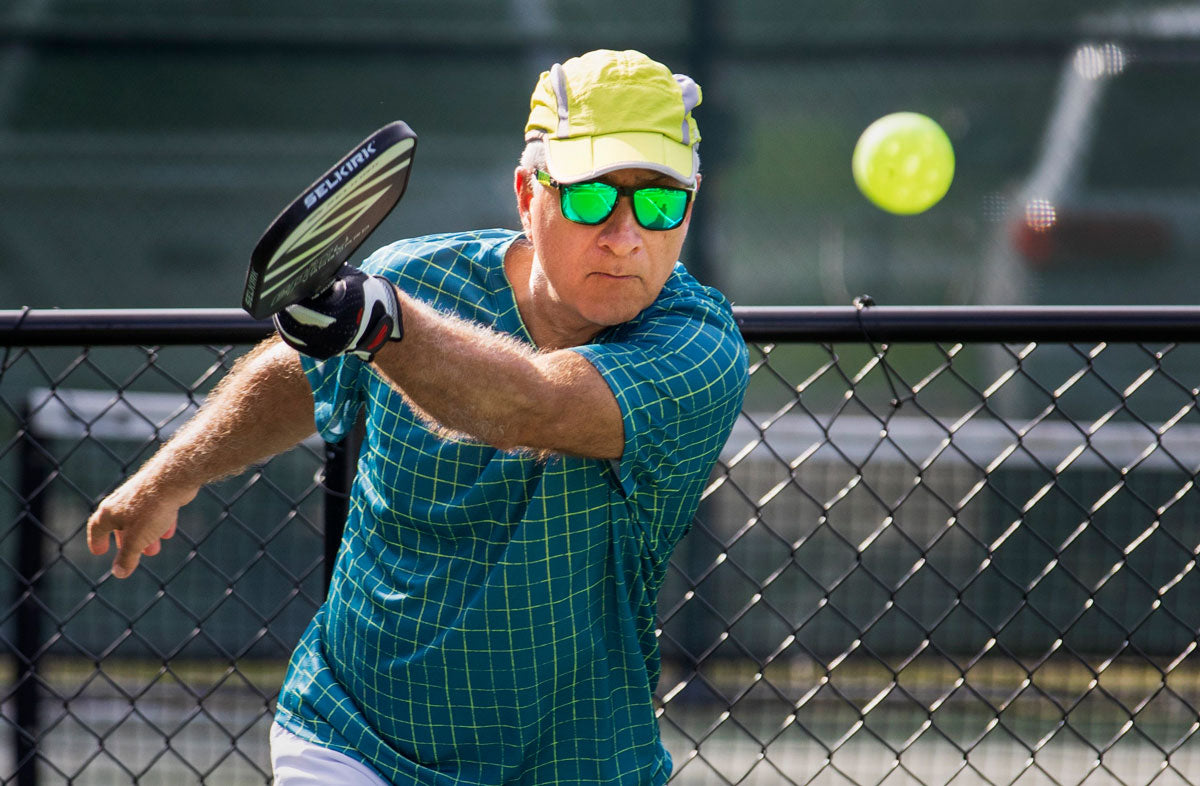
Frank Cerabino is a long-time columnist for the Palm Beach Post in Florida, a pickleball addict like the rest of us, and a newly published author. Check out Frank’s newly released book, I Dink, Therefore I Am: Coming to Grips with My Pickleball Addiction (available on Amazon and a great read (or gift!) for any pickleball player), for pickleball tips and laughs!
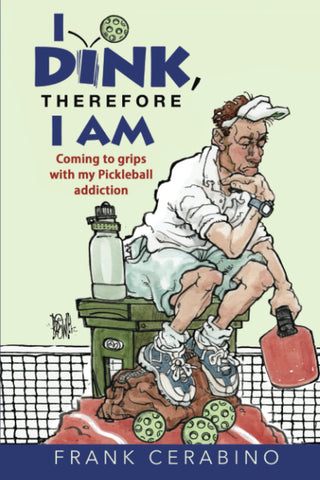
Anuncie Aqui / Advertise Here
Sua marca para o mundo Pickleball! / Your brand for the Pickleball world!

 English
English  Spanish
Spanish  Portuguese
Portuguese  German
German  Italian
Italian  Japanese
Japanese  French
French  Polish
Polish  Russian
Russian  Netherlands
Netherlands  Hungarian
Hungarian  Turkish
Turkish  Videos
Videos  The Pickler
The Pickler

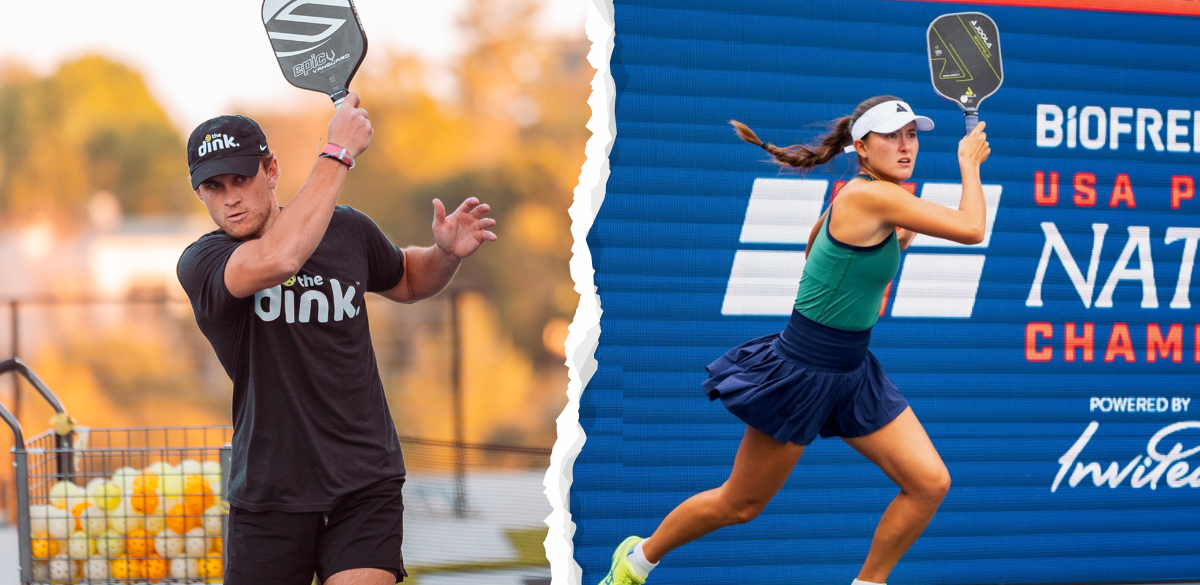






 English (US) ·
English (US) ·  Portuguese (BR) ·
Portuguese (BR) ·